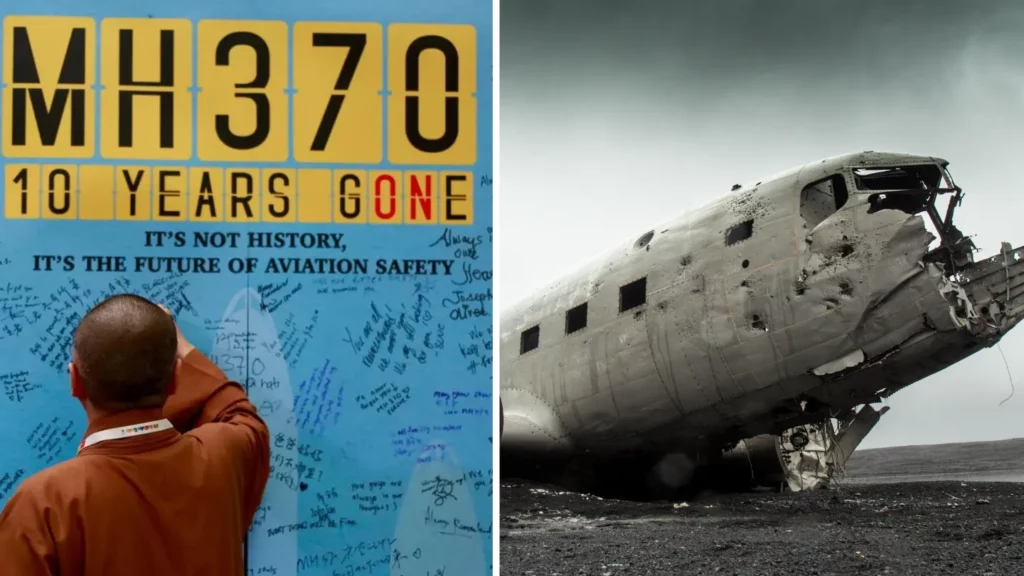The disappearance of Malaysia Airlines Flight MH370 on March 8, 2014, is one of aviation’s most perplexing mysteries. With 239 passengers on board, the airplane vanished, resulting in the most expensive aviation search ever.
Despite repeated searches, the plane’s primary wreckage has never been discovered. This has left the globe with questions that have persisted for more than a decade.

Numerous theories have developed in an attempt to explain the fate of MH370. Some suspected that the plane crashed in the Cambodian jungle, while others believed it had been hijacked or shot down.
One especially bizarre notion stated that the plane flew into a black hole. However, none of these possibilities have been completely verified, hence the mystery remains unsolved.
Now, Vincent Lyne, a scientist at the University of Tasmania, claims to have discovered the “perfect hiding place” for the doomed aircraft. Lyne, an adjunct researcher at the university’s Institute for Marine and Antarctic Studies, examined the existing evidence.
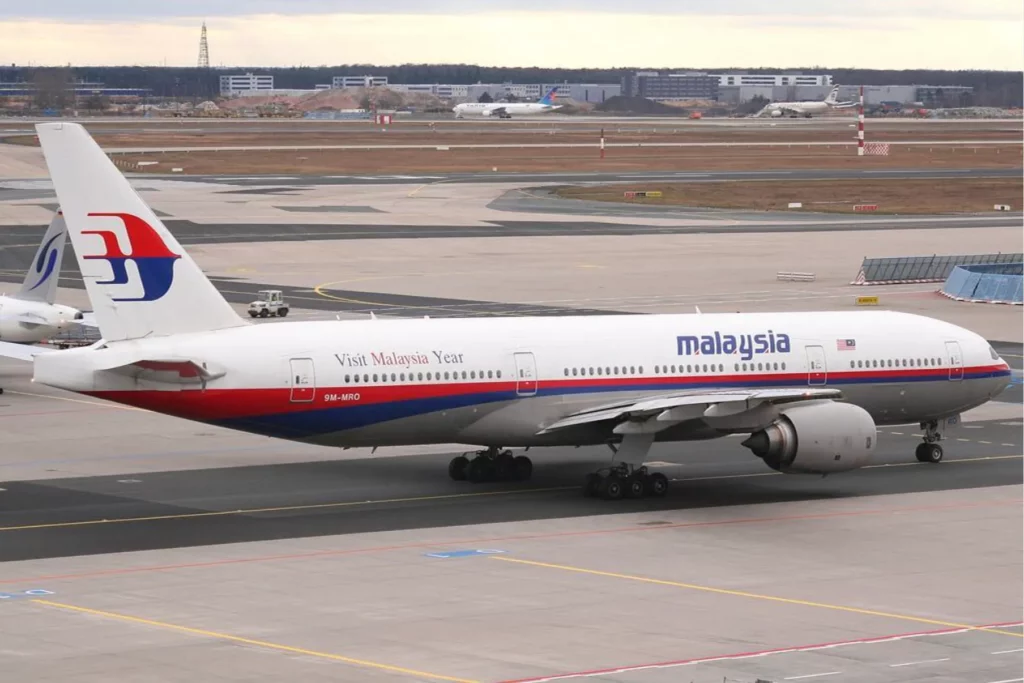
He feels it indicates an intentional attempt by the pilot to conceal the aircraft’s final resting site. Lyne’s analysis focuses on Broken Ridge, a rocky portion of the ocean floor.
This location is distinguished by steep slopes, enormous ridges, and deep pits. According to Lyne, one of these holes, which sinks to a depth of 6,000 meters (20,000 feet), could be MH370’s last resting place.
The author described the area as “a very rugged and dangerous ocean environment…a perfect ‘hiding’ place.” Lyne said in a LinkedIn post accompanying his findings that this discovery could change the narrative surrounding the loss of flight MH370.

He claims that the plane did not just run out of fuel and crash into the ocean uncontrollably, as many have assumed. Instead, Lyne contends that the data suggests a “controlled ditching” of the aircraft.
This scenario is comparable to Captain Chesley Sullenberger’s landing on the Hudson River in 2009. Lyne’s theory is corroborated by damage found on MH370 debris, specifically the plane’s wings, flap, and flaperon.
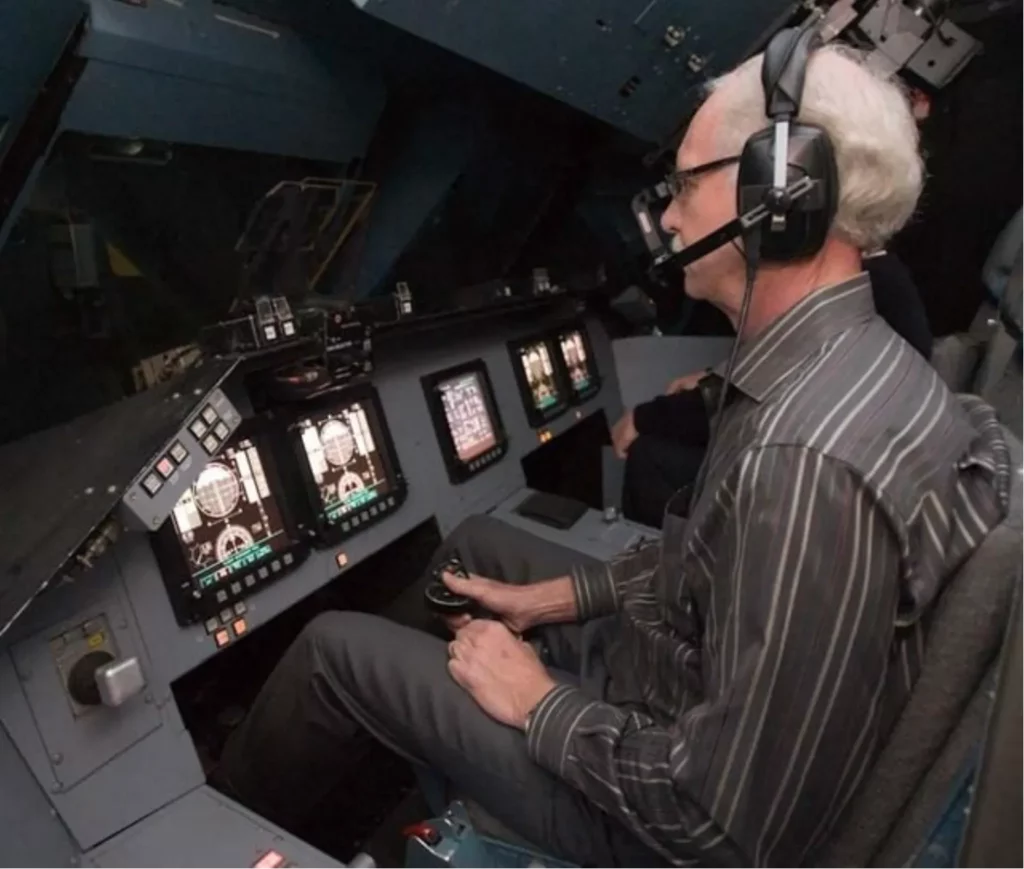
He observes that the damage is consistent with what would be expected during a controlled descent. According to Lyne, this discovery lends credibility to the theory that the pilot, Zaharie Ahmad Shah, purposely led the jet into the ocean.
This information has rekindled attention in the hypothesis that Captain Shah intentionally wrecked the jet. Previous investigations have looked into this theory, which suggests Shah was driven by personal reasons.
These issues apparently included a purported breakup with his wife and resentment over a relative’s imprisonment. However, Shah’s family has constantly disputed the allegations, describing him as a loyal family guy.
Despite these denials, Lyne’s research lends credence to the theory that Shah had control of the airplane until the very end. He believes that the place he has located within Broken Ridge should be a top focus for future search efforts.
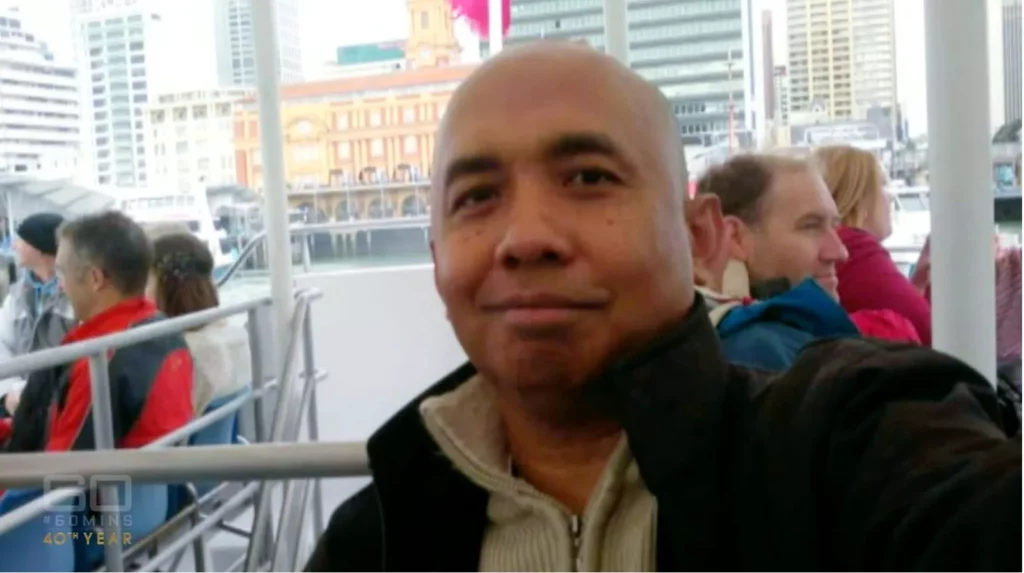
According to Lyne, this is the exact location where the longitude of Penang Airport crosses with the Southern Indian Ocean. Investigators previously dismissed this detail.
Lyne’s research relies on previous studies conducted by various specialists, notably Larry Vance, a respected former Chief Canadian Air-crash investigator. Vance also backed the controlled ditching scenario.
Lyne’s research, on the other hand, goes one step further by identifying a specific site where the wreckage could be recovered. The search for MH370 has covered more than 46,000 square miles.
Debris washed up on coasts thousands of miles from the alleged crash location. In 2015, a wing from the aircraft was discovered on Réunion Island, east of Madagascar.
Over the next two years, 17 additional pieces of debris were discovered. The majority were determined as virtually definitely being from MH370.
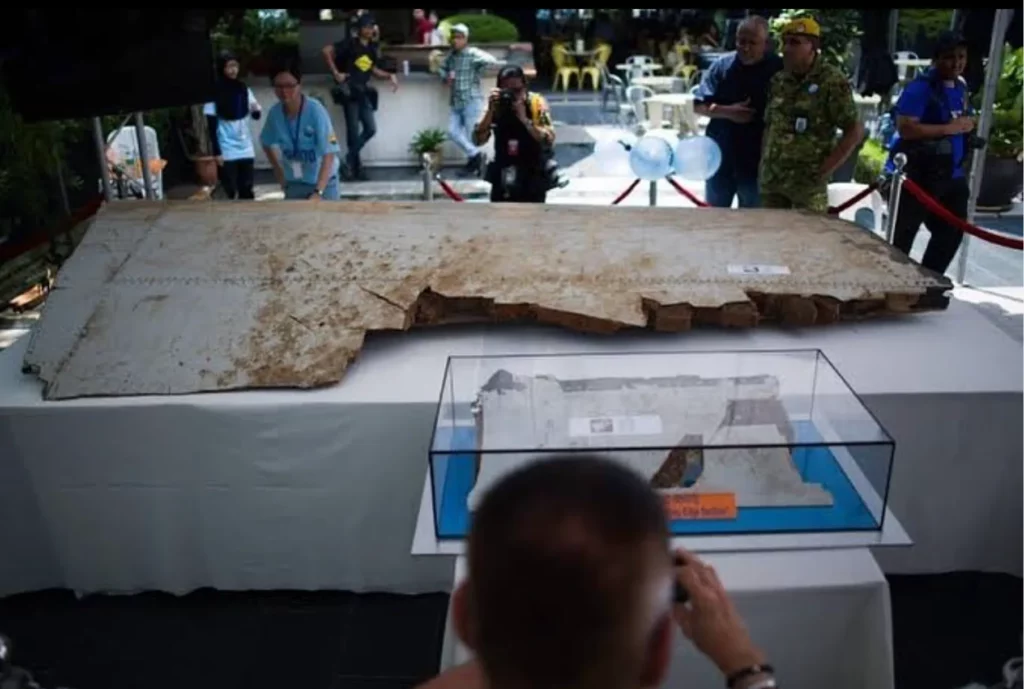
However, the main wreckage has proven elusive. Lyne feels that past searches failed because they did not target the right location.
He asks officials and search companies to prioritize the region he has identified within Broken Ridge. He says that “science unmistakably points to where MH370 lies.”
The mystery of MH370 has gripped the world for over a decade. While other ideas have been offered, Vincent Lyne’s discovery provides a fresh avenue for researchers.
He concludes with a bold statement: “In short, the MH370 mystery has been comprehensively solved in science!” The world now waits to see if Lyne’s theory will be the breakthrough that finally brings closure.
Whether or not the area he identified will be searched remains to be seen. But for the families of those who were lost, Lyne’s work offers a glimmer of hope.

